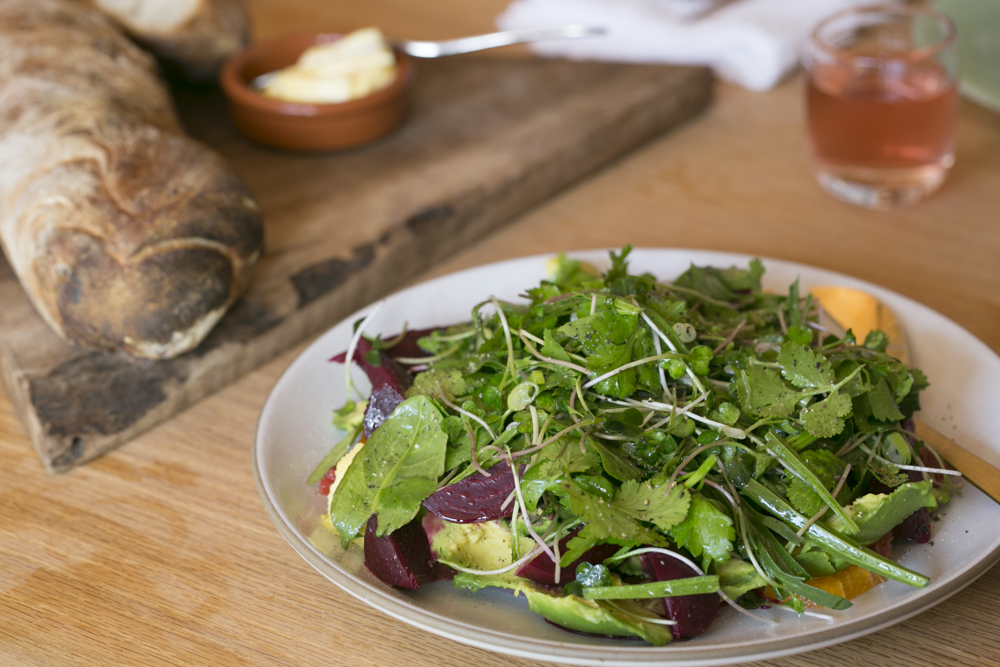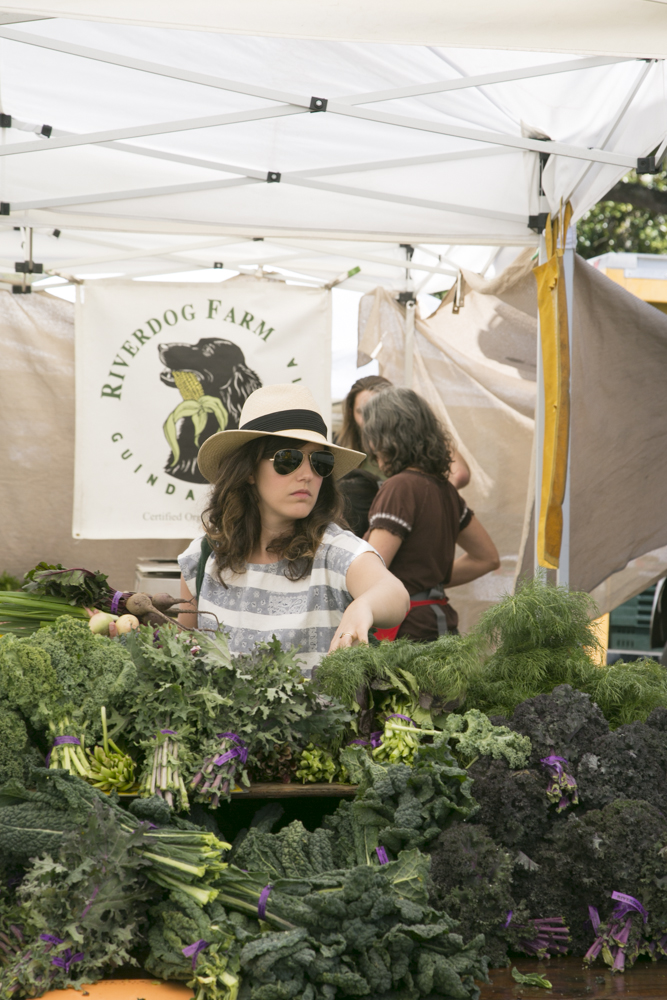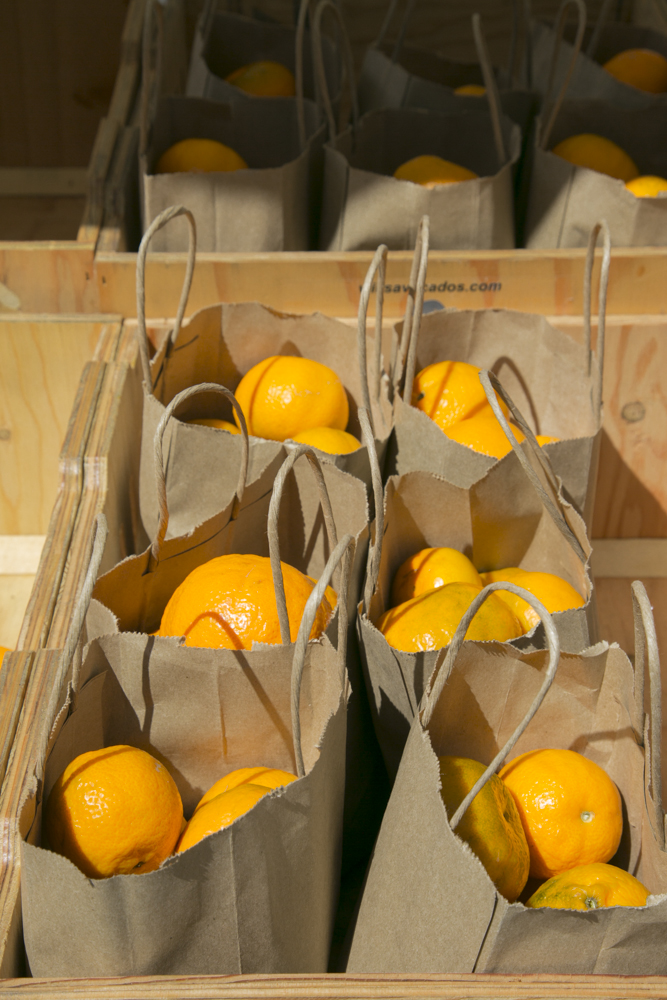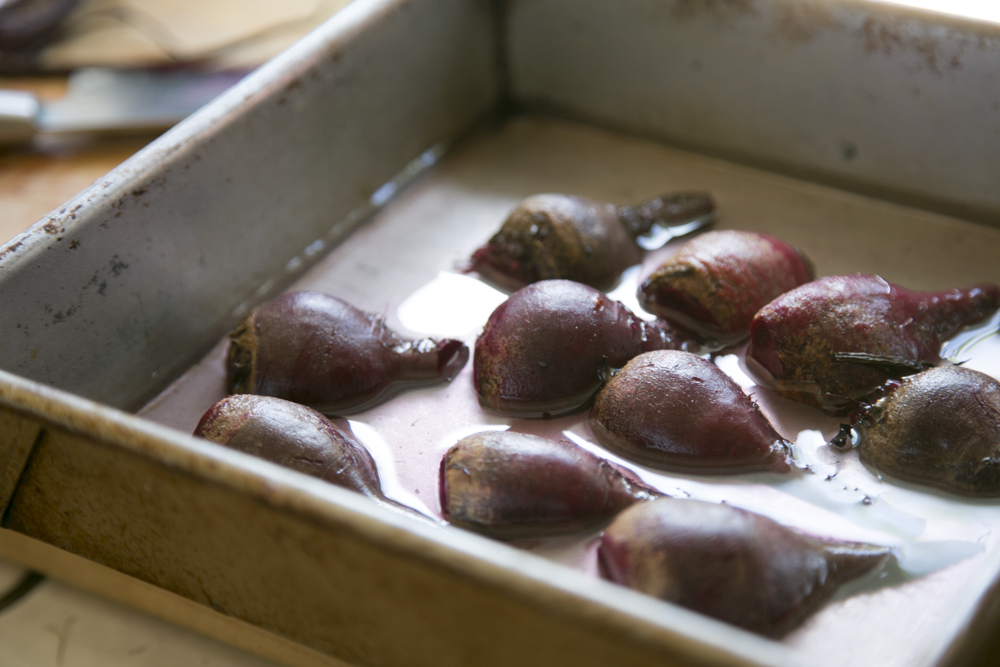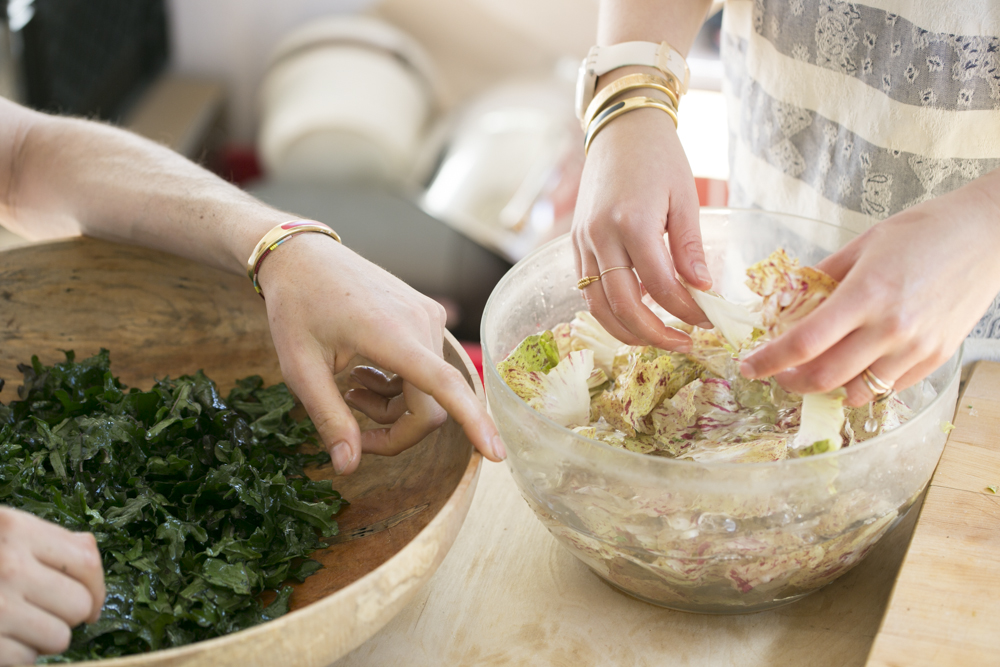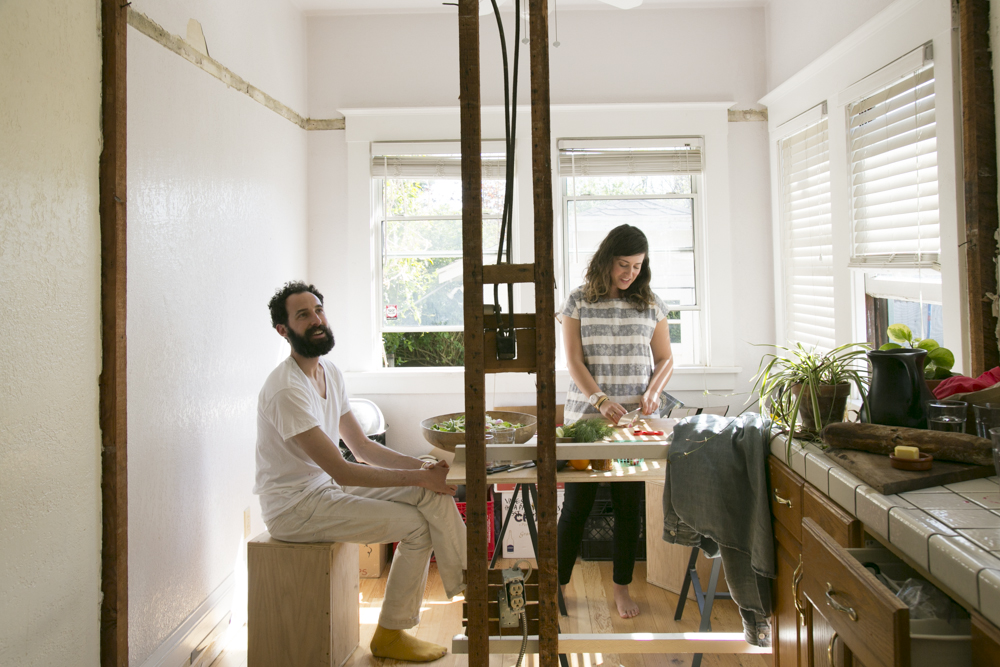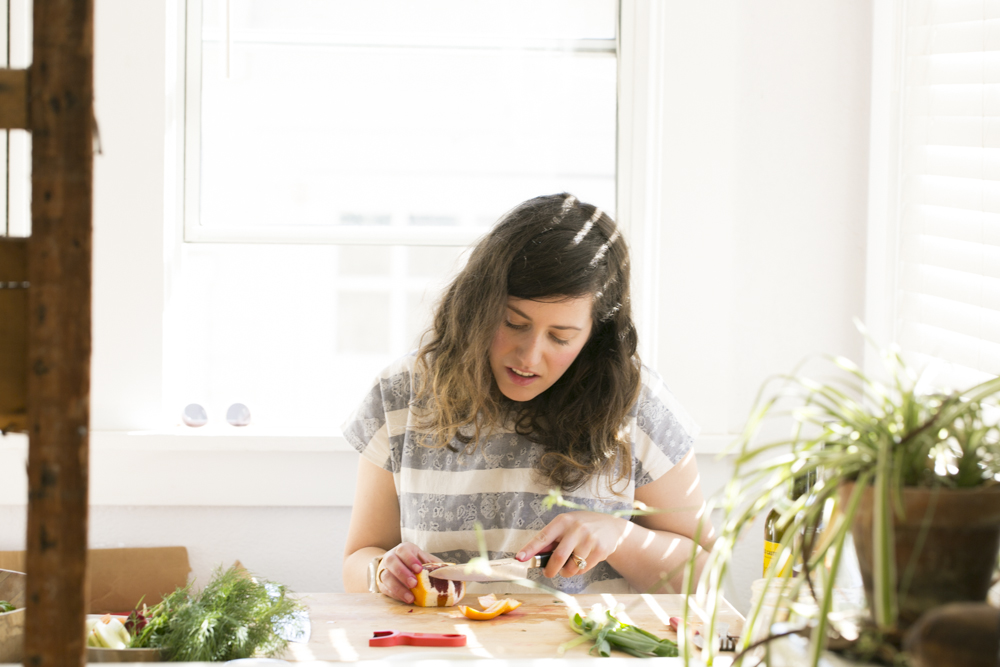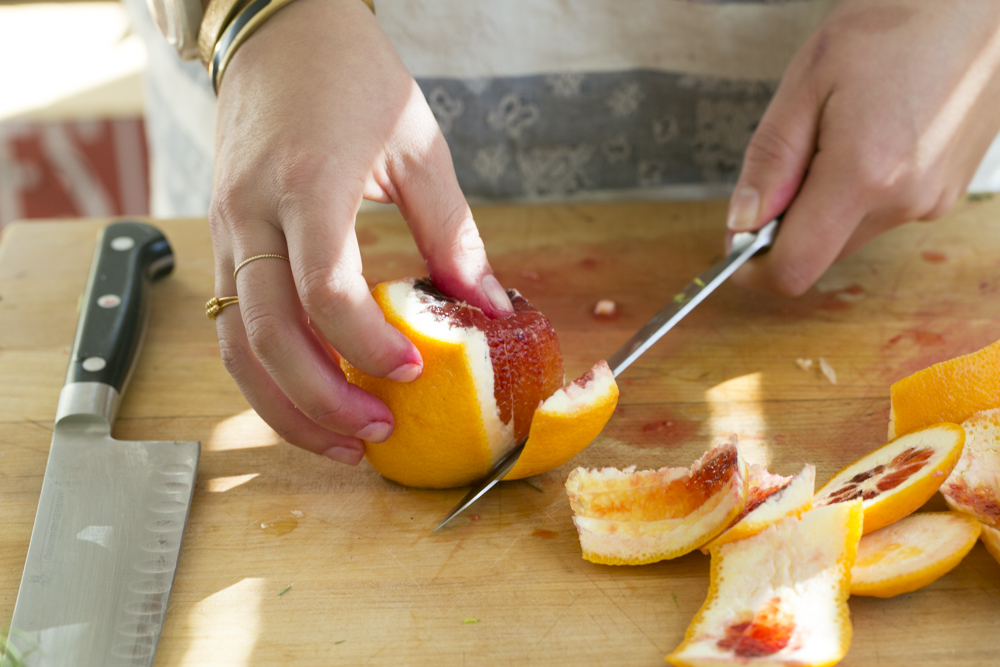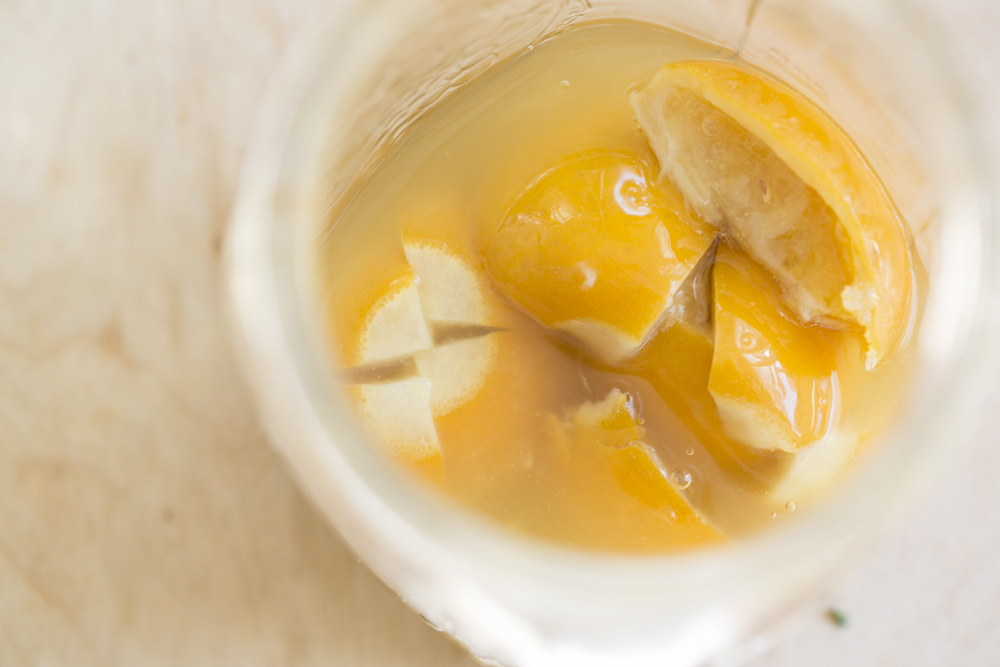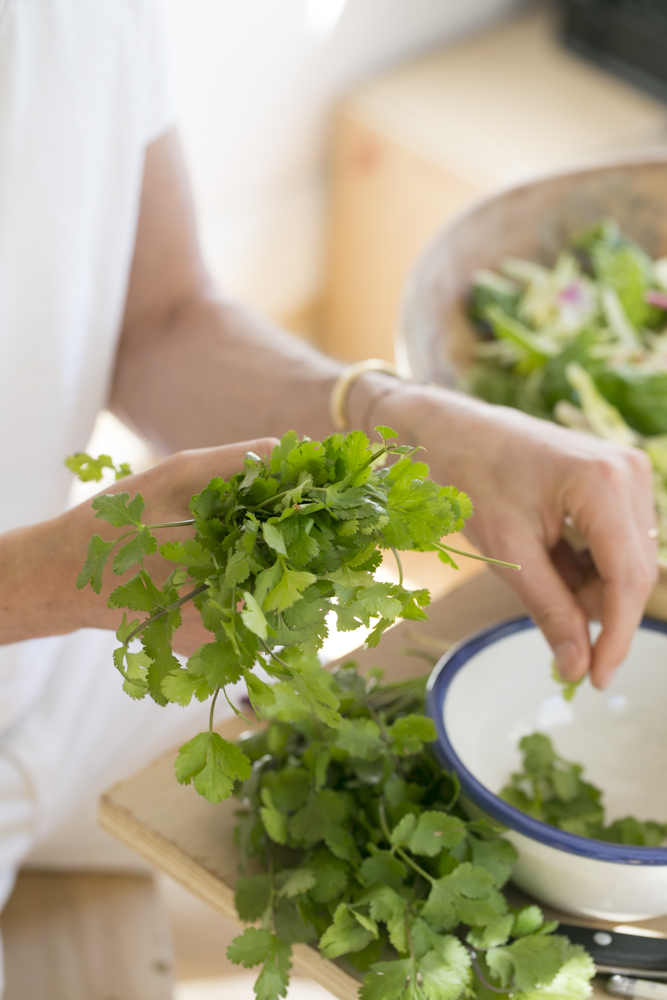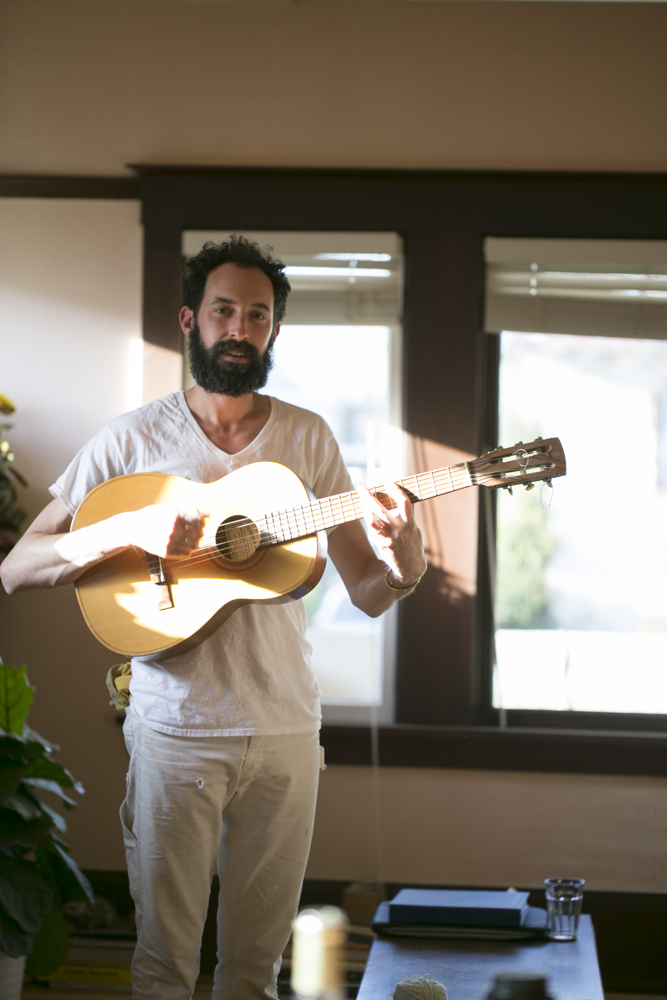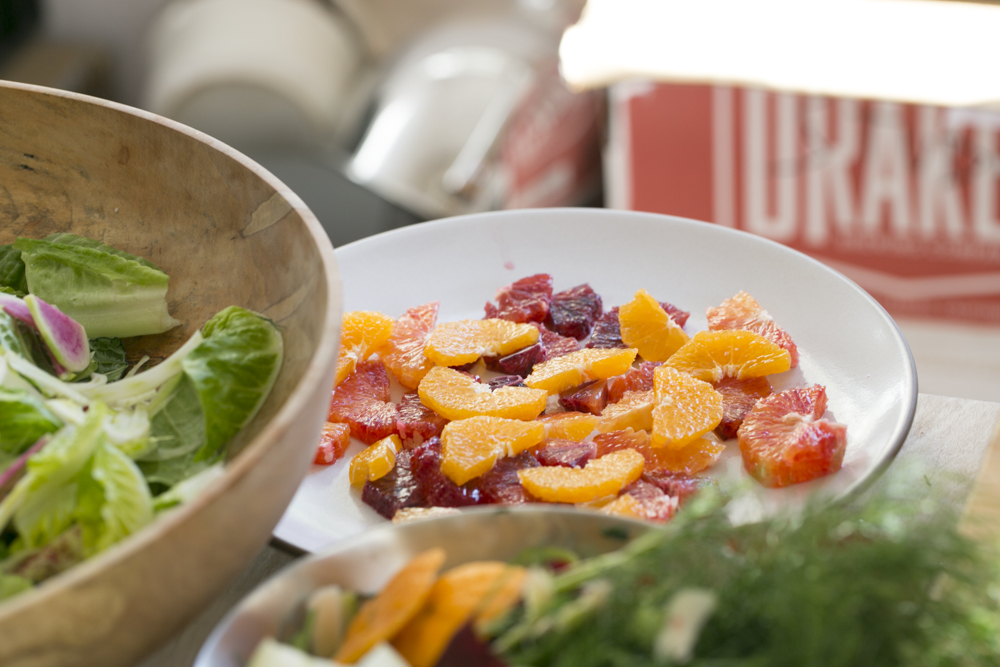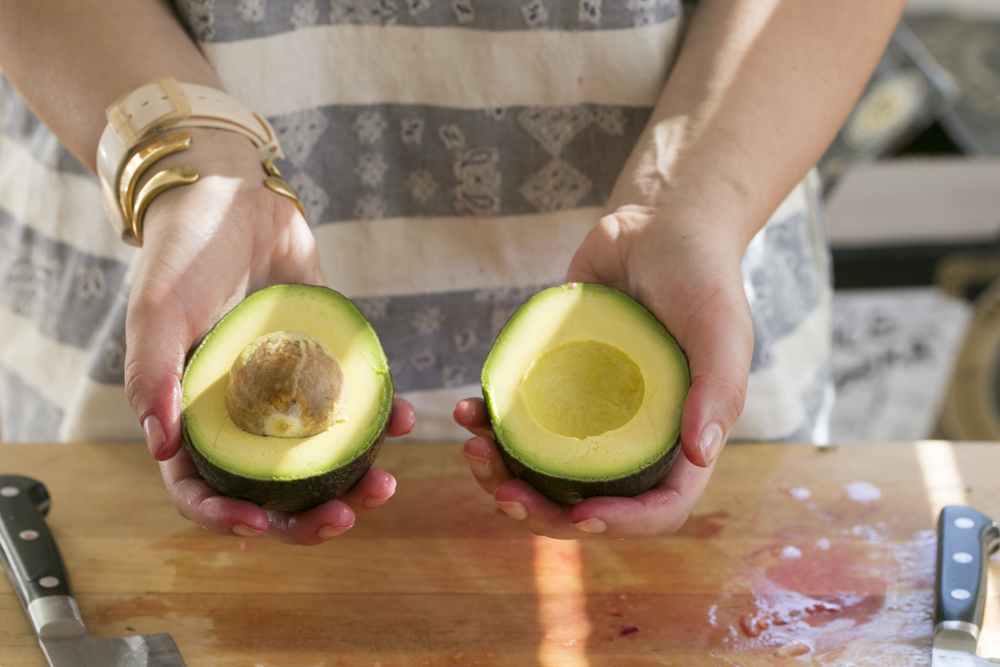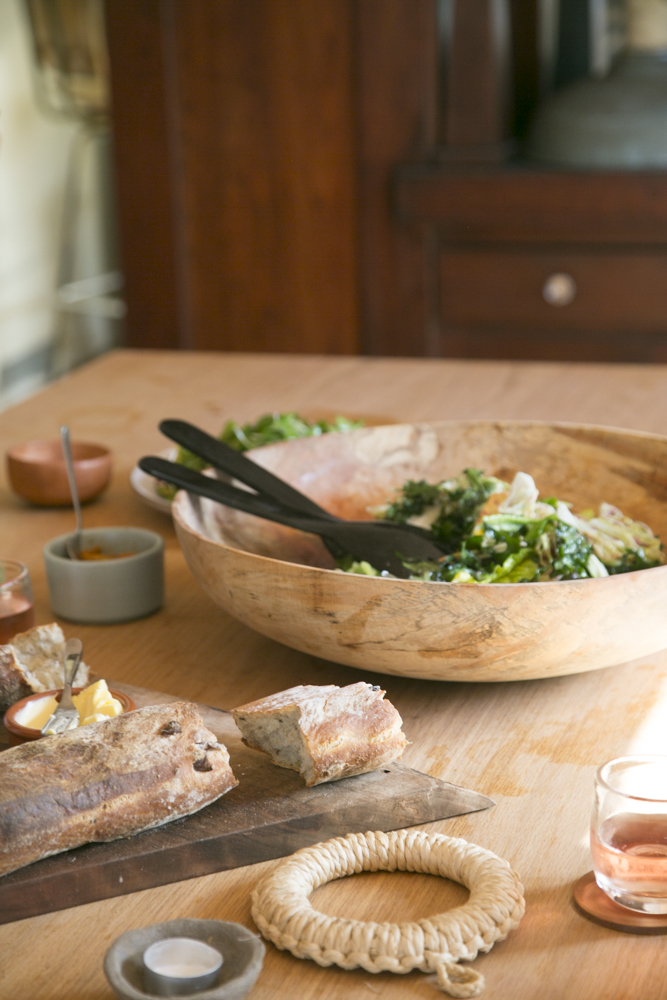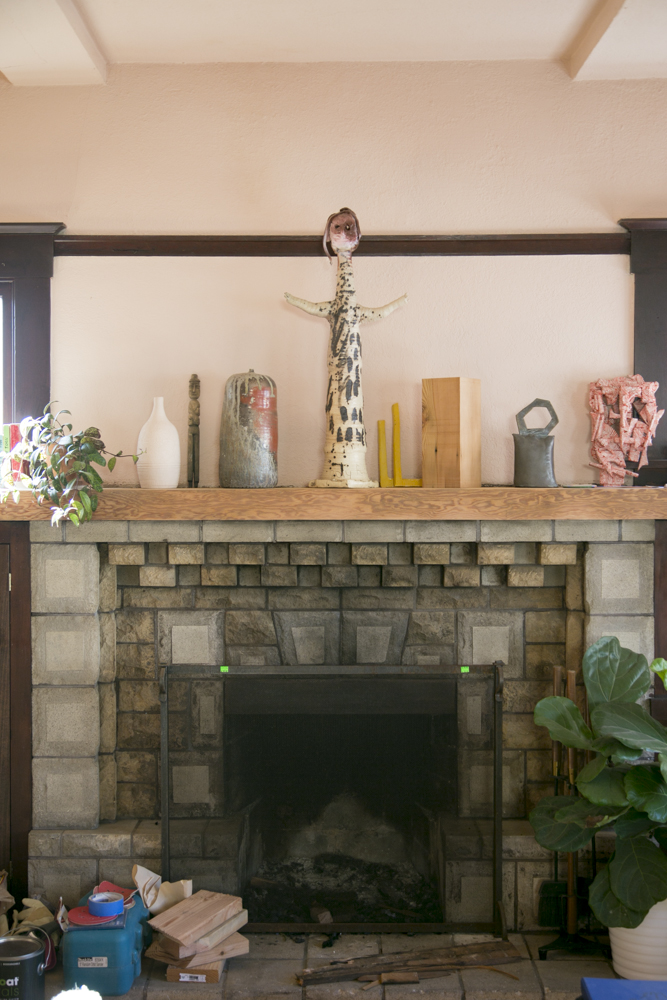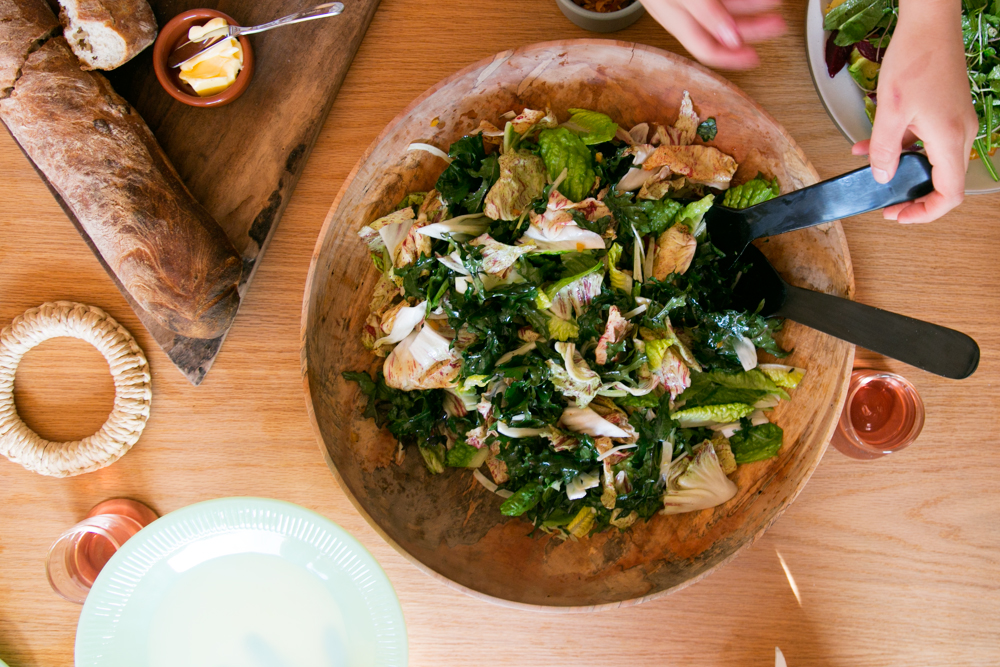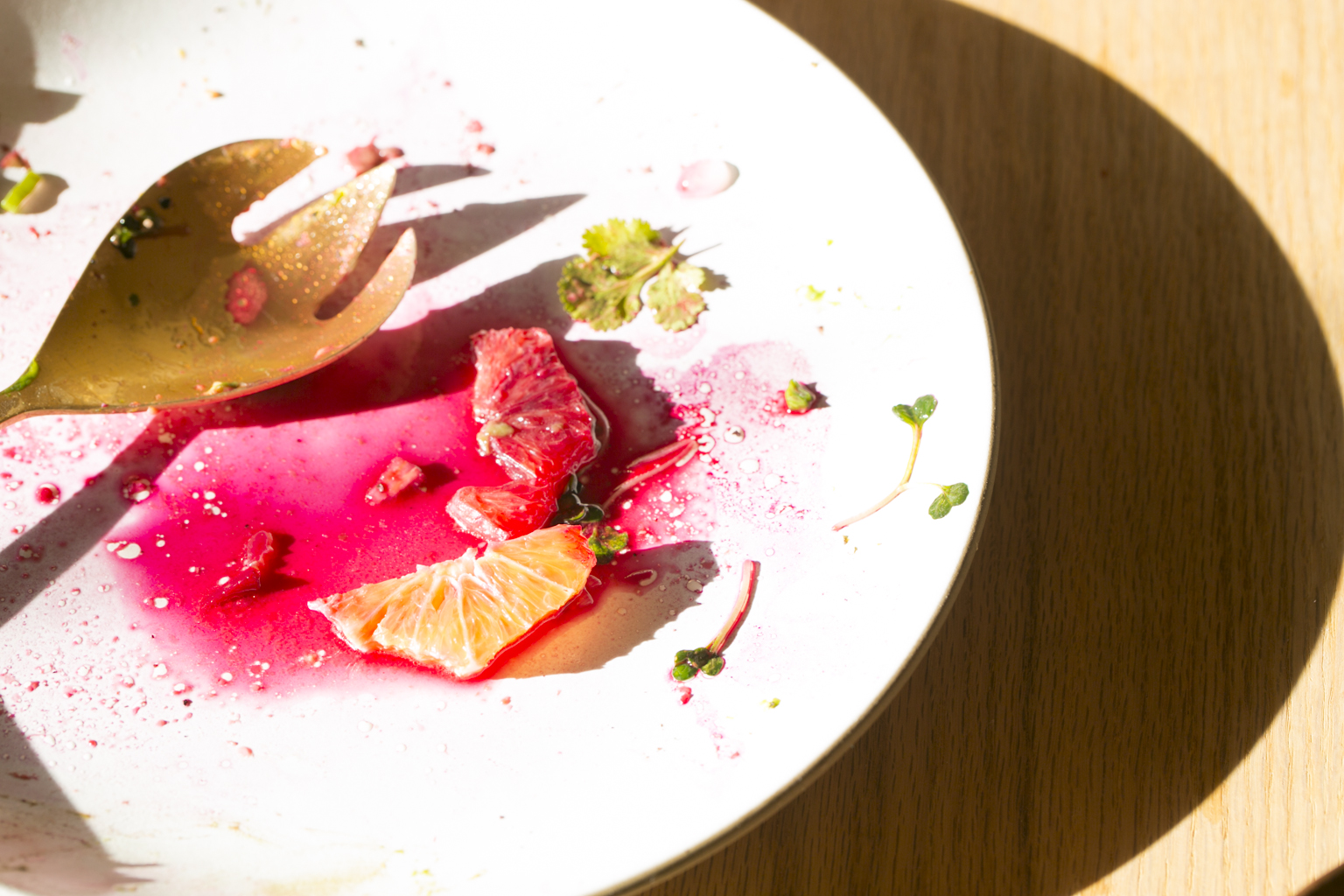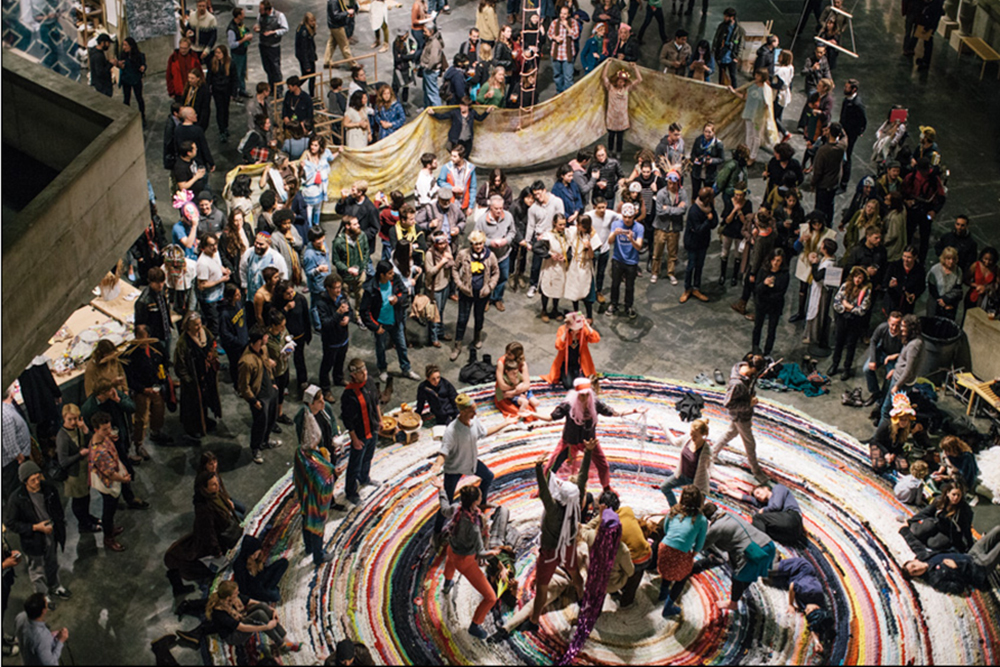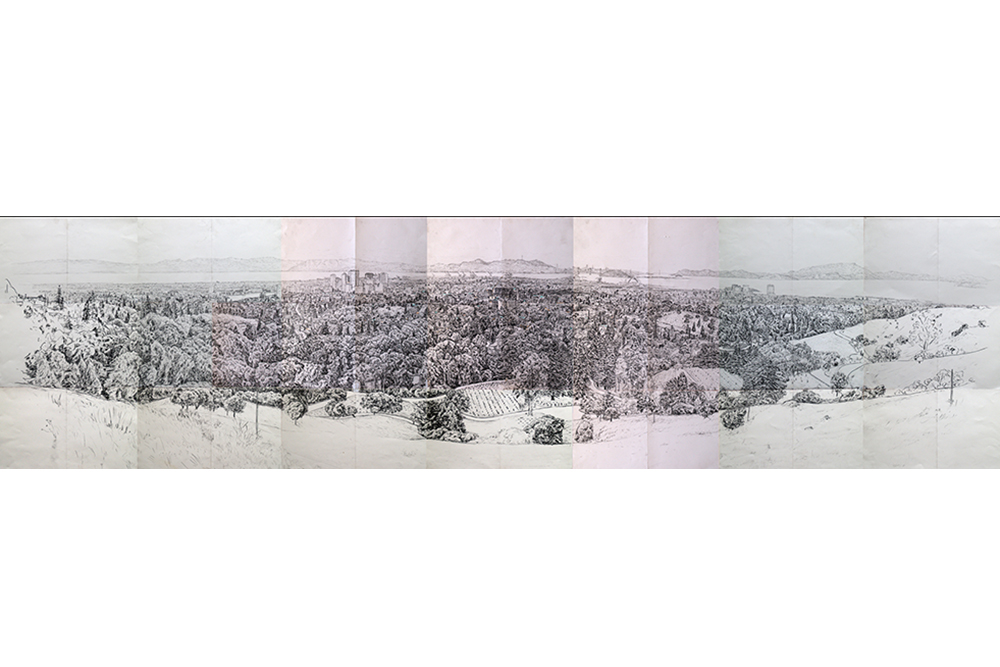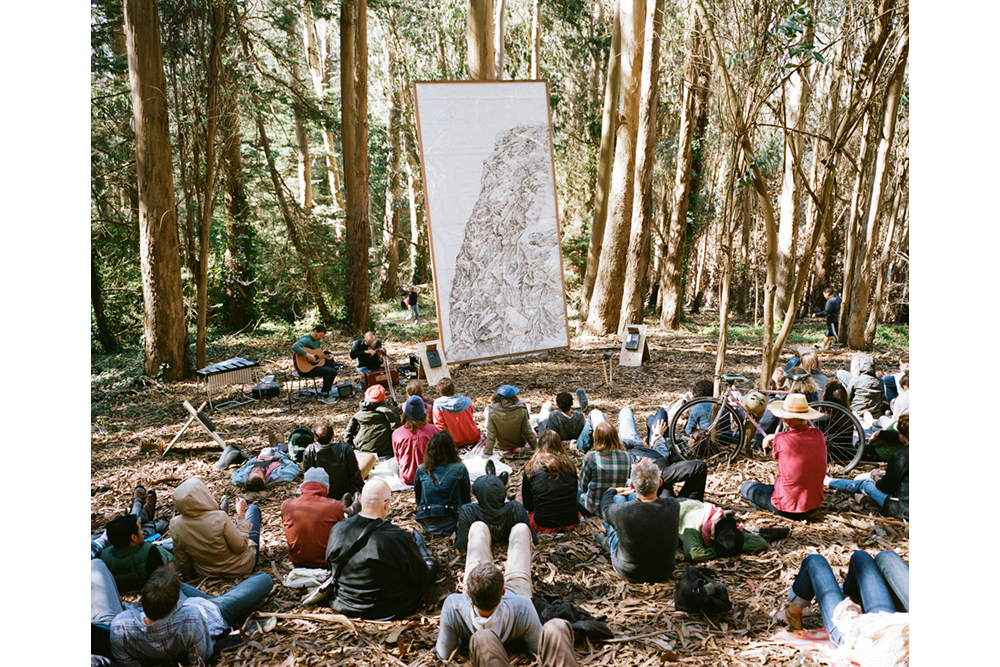Avocado, Roasted Beets, Blood Orange and Cilantro
David Wilson and Hannah Barr-DiChiara ‘s California Salad
POSTED UNDER
- California,
- Citrus,
- Oakland,
- winter salad
INGREDIENTS
- AVOCADO,
- beet,
- blood oranges,
- CILANTRO,
- daikon sprouts
NOTES
Great colorful salad for a group. Serve with bread so you can sop up the neon pink juice when all the salad has been gobbled up.
RECIPE
DIFFICULTY
EASY
SERVES
4
PREP TIME
10 MINS
Salad
-
4smallbeets
-
1largeavocado
-
3oranges, assorted
-
mixed baby lettuce (we used daikon sprouts too)
-
handfulcilantro
-
handfulchevril
-
handfulparsley
-
2scallions
Dressing
-
1tspred wine vinegar
-
3tbsextra virgin olive oil
-
juice of one lemon
-
kosher salt
-
cracked black pepper
POSTED UNDER
- California,
- Citrus,
- Oakland,
- winter salad
INGREDIENTS
- AVOCADO,
- beet,
- blood oranges,
- CILANTRO,
- daikon sprouts
On my recent trip to the Bay Area, artist David Wilson and Art Director Hannah Barr-DiChiara were kind enough to have me over to their Oakland home, while they were in the midst of a gut renovation. Hannah is an art director at a Berkley creative agency, and David is a mixed-media artist who maintains both a very private drawing practice and a very socially engaged practice of bringing people together in participatory artworks. His work includes everything from a barn raising to the total takeover of a museum, redefining the exhibition space as not just a place for work to go on display, but as a place for collaborative making. So, even with the studs in their walls exposed and their life in boxes, these two can produce a photo-shoot or host a meal with their eyes closed.
* Photo of David’s SFMOMA installation by Terri Loewenthal
David and Hannah in Their Own Words
Julia: Hannah, what does it mean to be an Art Director?
Hannah: I work at John McNeil Studio, a creative agency in Berkeley. I work with our production team on photo and video projects and create ads and content for clients. A lot of my time is spent looking at photographs and films for reference.
JS: Given that you direct and produce photo shoots on a daily basis, was it difficult to step back and let me take the reigns?
HBD: It was difficult for me to be in front of the camera! I thought a lot about the lighting in the kitchen, of all our things that are still in boxes, of the weird faces I make when I’m photographed. I hid some unsightly packages and dying plants before you arrived.
JS: David, in your art practice you take a heavy production role, organizing lots of people to convene and make things whether that happens in the museum or the woods. Tell me about your project at the Berkley Art Museum / Pacific Film Archive?
DW: Last year I organized an exhibition called The Possible that re-conceived the museum as an experimental school. Artists designed, facilitated, and worked off of a series of spaces, including studios, performance and spaces, a library, and an outdoor garden. The situation was highly collaborative: what started as 100 characters quickly grew to 200 people involved in varying media that ranged from furniture fabricators, studio facilitators, performers, artists in residence, teachers, interrupters, documenters, food providers, visitors. The work created in the museum and the ephemera from the performances, workshops, and events were then featured in a gallery installation.
JS: You have an umbrella organization for your work that you call Ribbons. Where does the name come from and how do you define that work?
DW: Ribbons is an organization I started with my friend Frank Lyon, we came up with the name in 2005 when we both moved to the Bay Area. We made books and records, and planned outdoor shows. Frank has since moved back to New York, and I continue organize events and gatherings under the name Ribbons. These events usually involve maps that bring people to spaces they may not otherwise find; they bring together music, installation and exploration; essentially, they are an open platform for gathering.
JS: Can you tell me about the Barn Raising? How did that come about?
DW: The Barn Raising was the physical raising of a house on a property in Ukiah that has long been a place for artists to connect and work on projects, an informal place of retreat. In 2009, Hannah and I collaborated with our good friend Jesse Schlesinger and a crew of close collaborators to plan a Ribbons-style event, which took the form of a group residency that culminated in a three-day event with lots of people, music, and a dance party under the moon. The experience opened the conversation to creating a residency on the property. Larry, the owner of the property, invited Jesse to work with a master carpenter of Japanese joinery named Paul Discoe to organize a class to build a house. Jesse brought a group together weekly to work with Paul in his Oakland mill (Joinery Structures) and after two years of preparing each piece of the building, we organized a weekend long “Barn Raising,” where we raised the house from foundation to roof. The house is almost fully finished, and we will celebrate the final touches in the spring.
JS: And about your sing along book you are working on at the moment?
DW: There is a great songbook at the space in Ukiah, and a highlight of every trip there is to get a group together and sing. My friend, Colter Jacobsen and I thought it would be fun to ask musicians to think of good sing-a-long songs and to record them playing. We wrote down the chords and lyrics and kept a collection. Now our book has close to 200 songs that cover the ground between Arthur Russell, New Order, Fleetwood Mac, Patsy Cline, Moon Dog and Blind Melon. I’m going to an art center in Asheville, NC to make an edition of the song book and host a singing session. I’m exited to see what people bring to the collection.
JS: How does food or cooking relate to the events you create?
DW: Nearly every event I have ever organized has involved collaborating with a chef. Food can be an essential part of an art experience, a means to deepen the senses. There is a real union of the food and art communities here in Berkeley. People are willing to step out of their restaurant space and share their work in a different way.
JS: Hannah, do you and David ever collaborate?
HBD: Yes, I have documented some Ribbons events, cooked for work events on weekends, and collated some elaborate invitations.
JS: You guys are in the midst of a home renovation that you are doing all yourselves. David, I see you are creating a studio in back. This is your first brick and mortar studio, but you are quite an accomplished artist. Why have you not had a studio until now?
DW: I have always wanted to strip down what I need to do my work. I love working outside, so I have continually found ways to keep my materials portable. When I was younger, I figured I would have more time to work on my art if I didn’t need to make money to pay for a studio space. Hannah and I just bought a house, so all the years of working in lean ways has worked out, and now I am able to build a sweet little studio to work in. I have no idea what I’ll do in it yet.
